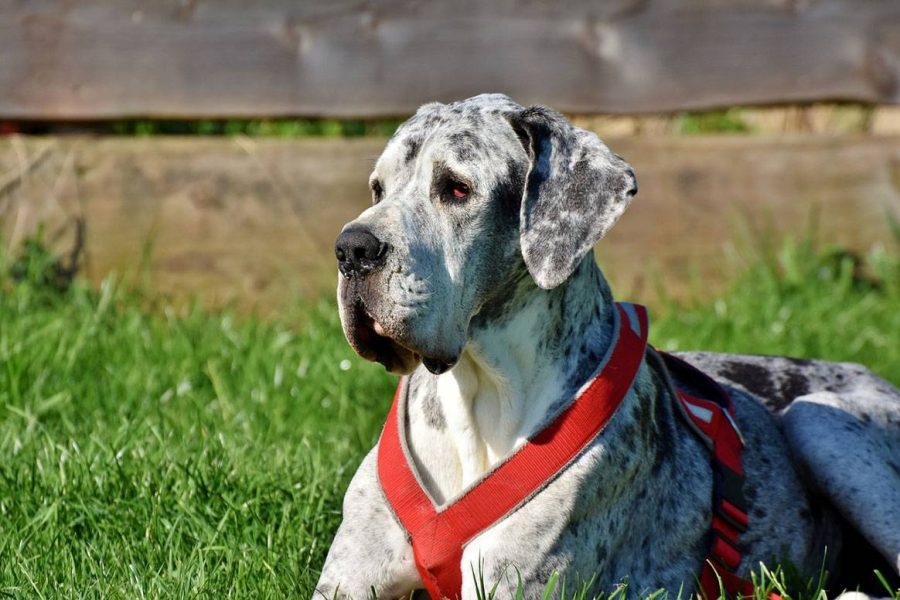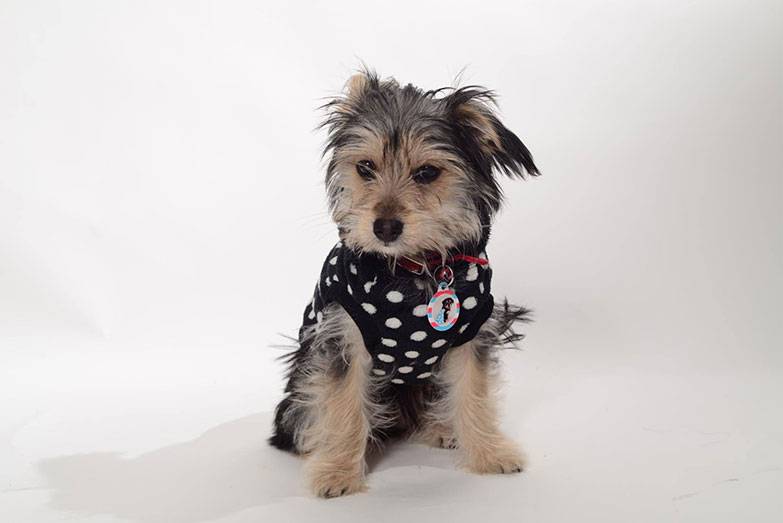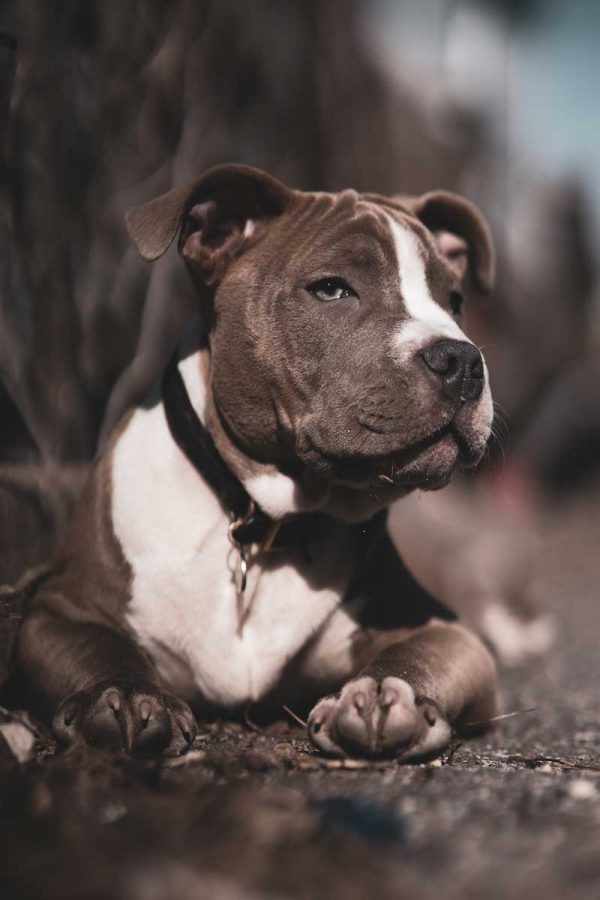The Kangal dog is also known as (Turkish Kangal dog) is a powerful, bold, and big dog which has been used as guarding of cattle against predators. It has a bid head with ears falling down. It is taller and wider than other breeds which make it a perfect guarding dog.
They are trained and used in teams to protect livestock from centuries which has made it gentle and protective with children and cattle, meanwhile violent against predators. According to history they basically belong to turkey and because of their guarding ability got popularity in the US in the 20th century.
They don’t want and like to sit idle as they are working dogs. We will discuss further to know more about temperament, appearance, and grooming of Kangal dog.
History and origin of Kangal dog:
The origin of the Turkish shepherd dog starts from the 12th century from the East Anatolian plateau of turkey. It is said that Kangal dog relates to the family of early mastiff and American bullmastiff.
It has been used as guarding dog of sheep folks and herding cattle. If trained and managed properly, it can guard different livestock. They were bought to the UK in 1965 and were seen in the US in 1985. Around six to ten dogs are imported to the US each year.
Kangal dog was also declared as the national dog of turkey. It made it safe from cross-breeding, so there is consistency in its appearance and looks. This dog got so much popularity in turkey that they used it on Turkish postage stamps.
Personality and temperament of Kangal dog:
A Kangal dog is famous for its predictable and stable temperament against human and livestock. As shepherds in turkey used it for guarding their sheep and cattle, aggressive behavior toward these animals was not acceptable. They trained it in such a way that now it’s in nature of Kangal dog to protect children and livestock. This dog has a natural sense to feel the presence of predators around. It can attack the predators when it comes to the security of folks.
This is a working dog and will not lay down doing anything. It makes it boring and annoying. If you don’t have any folk or livestock it will work to protect your family and children and will find all ways for protection.
Kangal dog is not suitable for small homes and apartments, as it has the habit of digging and jumping. Like all working breeds, it barks awfully without any reason which leads to disturbance and irritation sometimes.
It is a bold, fearless and trustworthy dog who remains loyal to its owner. It can guard against raccoons, wolves, and bears.
The physical appearance of Kangal dog
There are two government breeding centers in Sivas (origin of Kangal dog) working for its pure breed. That is why there is a little history of its cross-breeding. Due to pure breeding, it has consistent appearance and behavior. If you ever see a Kangal dog with a white head or fluffy coat than this is not a pure breed.
This pure breed is a powerful, big and strong dog which stands 30 to 32 inches tall, and its average weight lies between 110 to 145 pounds.
It has a famous and unique curled shape tail which makes it different and completes the aura of its personality.
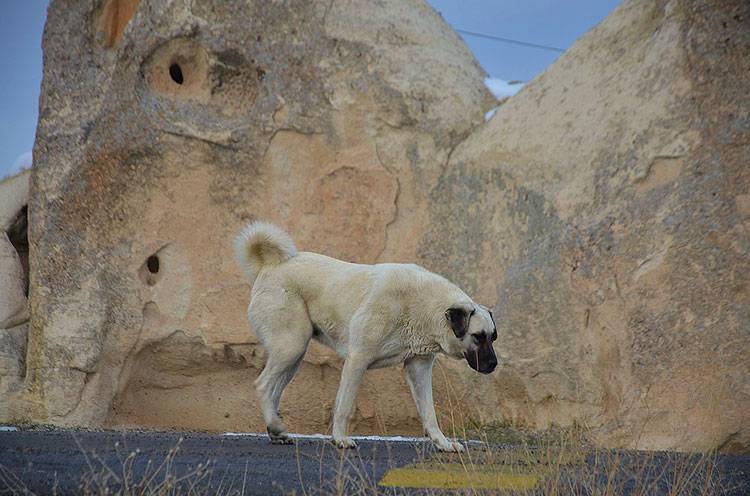
This dog is usually found in light golden, fawn or dun color. It always has a tan color which makes it prominent in folks and recognizable against predators.
It has a charming black mask on its muzzle and ears. This black color sometimes covers the area of the head as well.
A Kangal dog has a double coat. The outer layer of coat is always dense and harsh to touch while the inner layer is soft. Its coat is always straight, if you ever found a Kangal dog with curly, wavy, or fluffy coat then this is not a purebred. The coat of Kangal dog changes with the season, in winter it gets dense, meanwhile, in spring the out layer gets shredded. The average length of the coat is between 3cm to 7cm.
Taking care of Kangal breed:
These guard dogs have high intelligence and wonderful personalities along with the habit of chewing and digging. They like to dig the ground, especially under fences. Their speed of growth is little slow as compared with other working dogs. A puppy Kangal will reach maturity after two years. As they protect and care human being and his belongings, one must take care for his food and grooming. Below are some tips in this regard.
Diet and food requirements:
Historically known these dogs can rely on goat’s milk, yogurt or bread, but this diet has led to lack of nutrition like proteins in this breed. So, you should provide high-quality kibble for better nourishment and growth. These dogs often like to have raw meat as well.
These dogs eat less than other working dogs, in spite of their huge bodies. You can serve it with the bowl of quality kibble especially formulated for large and working breeds. Here is a guideline for calories requirement of this breed
| Puppy | Adult | |
| Male | 3900 to 4800 calories | 2600 to 3500 calories |
| Female | 3000 to 4100 calories | 2100 to 2800 calories |
According to his weight, this dog requires 30 calories per one pound. Do not try to overfeed for fast growth and extra size; this will contribute nothing other than causing obesity. During their infantile years, they need something to chew and nothing can be better than a toy.
Exercise:
As we discussed this is a working dog which makes him active. It requires wide space to walk, roam, and run around. It would not be convenient with doing normal obedience exercise like other breeds. The miles of the walk they do while guarding is enough for them. They need an open and private space for roaming and walking. It will help to stimulate trust and loyalty with the owner.
Training requirements
These dogs are different from other breeds in the aspect of characteristics, behavior, and training requirements. They will not opt to casual training of socializing and well behaving. They have got these abilities in their genes. They have been working as guard dogs, so they don’t need any training in this regard.
You may train it to expose the smells of folk animals and socialize with them. Start socializing it with livestock and other animals in early ages.
Grooming:
This breed requires minimal grooming, as they shed their coat twice a year. No regular brushing is needed, just brush with a metal comb once a week to remove extra hairs. Trim and clip the nails once in a month. Unlike other breeds they do not require daily brushing of teeth, dental hygiene can be maintained by a good diet.
Health issues of Kangal dog:
This breed is a healthy breed with very low chances of any disease. The only disease they suffer from is hip dysplasia. It causes saver pain in hip joints. It can be cured through surgeries which may cost $6000. Other than this issue, they are not a victim of many diseases like other giant breeds. The only thing to consider is that you buy it from a good breeder who provides proper medication and care.
Buying a Kangal dog puppy
If you are considering buying this dog then get it from a reputed breeder, who is always ready to provide complete information about the breed and possible issues. A good breeder will tell you everything about temperament, behavior, and habits of Kangal dog. Make sure that it qualifies the requirement of pure breed and is not a crossbreed dog.
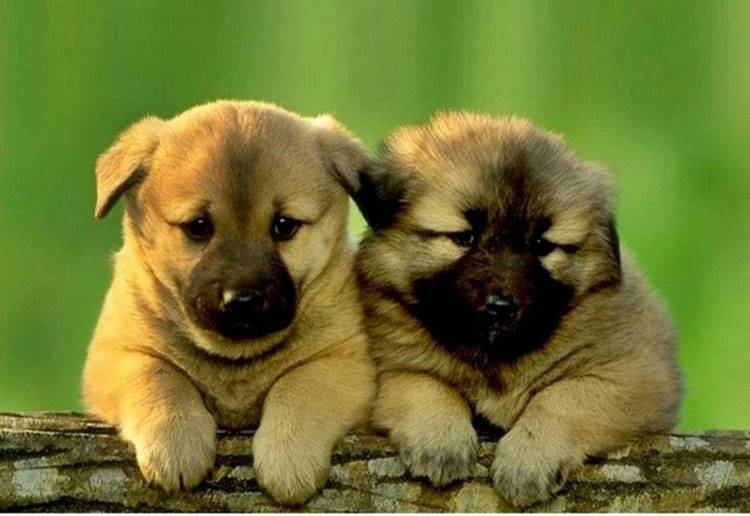
You may contact local dog walkers, rescues organizations and shelter homes as well. They might arrange a Kangal dog for you.
Frequently asked questions:
- How much a Kangal dog costs?
- What is the temperament of Kangal dog?
- Can I train my Kangal dog as a pet?
- How do they get hip dysplasia?
Photo Credits: dilip_bagdi2005/ Flickr, Pixabay.com


